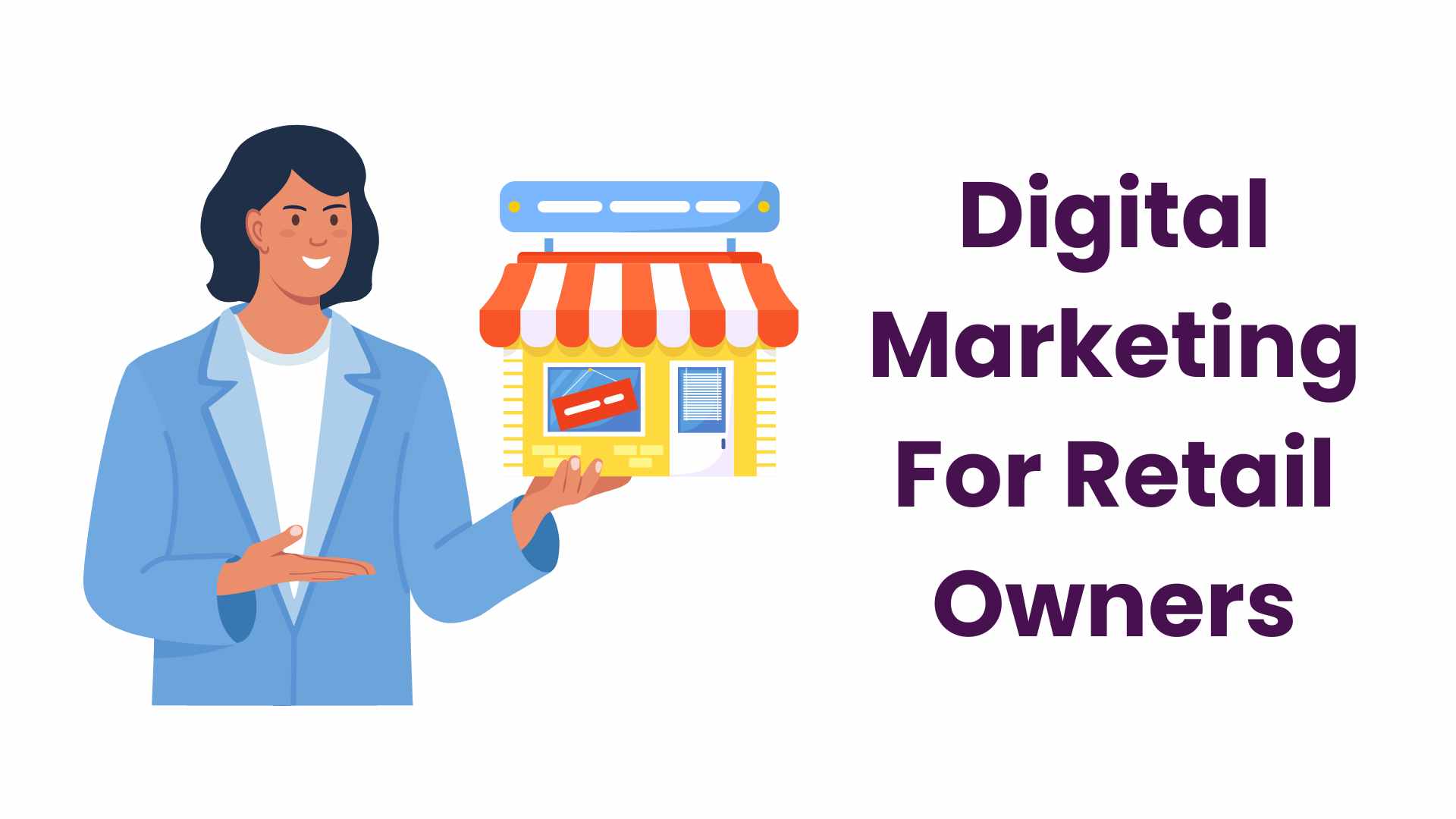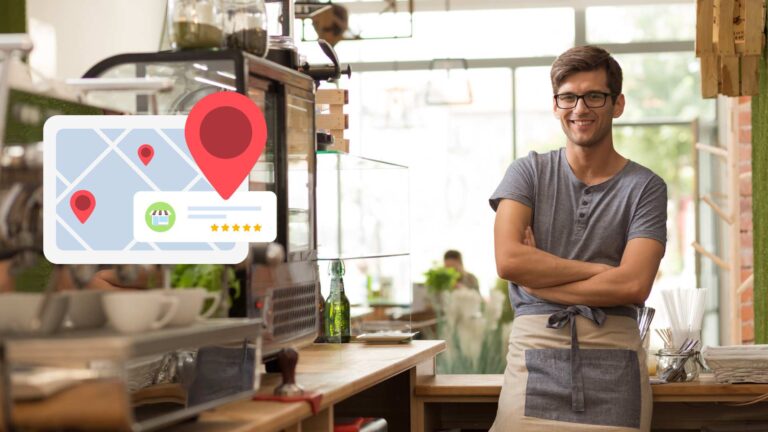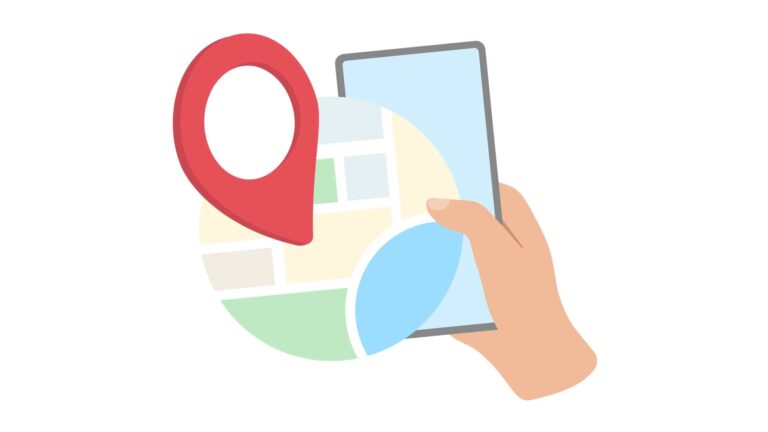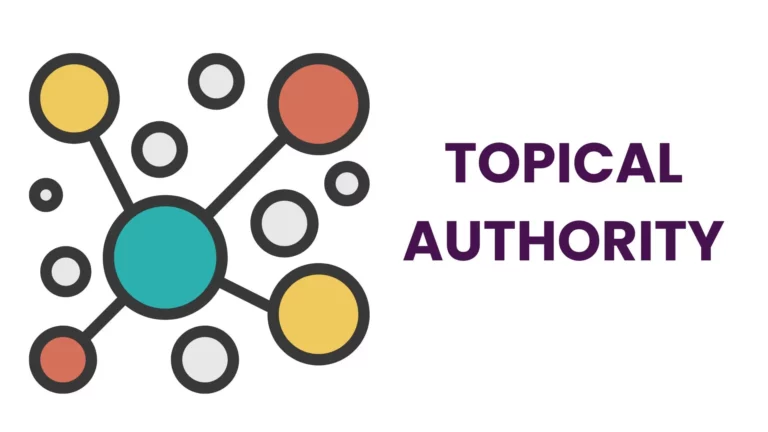In the world of retail stores and retail store marketing, things have changed dramatically. It’s like we’ve fast-forwarded into the future. I will be sharing top tips on how to tackle digital marketing for retail stores & the best strategies to implement.
What is Retail Digital Marketing & Why it important?
Digital marketing in retail simply means to connect with customers and promote products & services across websites, email, search engines, social media, and various online platforms, encompassing a wide range of sectors within the retail industry.
Now, let’s understand the example of digital marketing in retail with an example. Suppose you are looking for hiking boots for your upcoming trip. The first you and most people would do is to go on Google & search for “best hiking boots”. The results will look like this:

Can you see the word “sponsored” and results beneath? According to a study, around 70% of the people click on these results. These are Google ads. Now if you have a sporting goods retail store, you might be missing a lot of customers if you are not doing such ads because people like to search, compare prices, read reviews, delivery option, etc before making any decision. So I hope you know how much digital marketing is important for your retail business.
Best Tips & Strategies for Retail Digital Marketing Strategy
Digital marketing strategies and marketing strategies are essential for retail digital marketing success, providing a foundation to connect with interested buyers and drive sales. Now let’s start with the tips. As a retail business owner, you know how hard it is to compete in this digital age, especially within the competitive landscape of retail marketing. Below I have shared top 10 tips that will help you learn and shift your mind to navigate in the space. Digital marketing is a vast domain, so let’s start with the basics, keeping in mind the importance of a comprehensive retail marketing strategy to succeed.
1. Think Outside the Box
This is the most important tip I can give you to help your retail store grow. Imagine you can’t interact with customers physically. So what would you need in order to interact with them? You have to go digital. For that, you’d need a strong digital presence, different delivery and checkout processes, and new ways to acquire, engage with, and build relationships with customers. You can buy a domain name, put all your products, prices, delivery method, etc on that domain.
2. Outstanding E-commerce Online Shopping Experience for Retail Business
To enhance the e-commerce experience and boost online retail sales, it’s essential to have a beautiful e-commerce store that reflects your brand. This approach not only supports local shopping but also leverages the growth and significance of online retail sales in the digital market. The store should maintain the essence of your physical presence, mirroring the branding, voice, and content. Include lifestyle images, local area snapshots, and high-quality product photos to create a cohesive and attractive online presence.
A well-designed e-commerce platform significantly impacts online sales by improving the user experience, directly correlating to better sales performance. This highlights the connection between a seamless user interface and enhanced online sales figures.
Functionality is equally crucial. Consider implementing a unified inventory system across both your physical and online stores. Explore offering unique services like try-at-home or private in-store shopping sessions to further enrich the customer experience. The most efficient way to achieve these enhancements is by engaging a web development firm capable of executing these improvements swiftly and effectively. Avoid the pitfalls of attempting this complex task on your own.
3. Robust CRM Database
Building relationships is key. In the past, retail stores relied on foot traffic and building relationships with customers in person. Now, you need to do this proactively across digital marketing and social media.
A robust CRM database allows you to collect information about local customers, such as social media profiles, birthdays, interests, and purchase history. Use this information to build customer profiles and personalize your marketing efforts. Once you have all this data in one place, it’s much easier to target and keep track of your digital marketing efforts.
4. Use Social Media for Customer Relationships
Social media is a powerful tool for building customer relationships. Create your retail business’s social media profiles such as Instagram, Facebook, Pinterest, Twitter (X) and LinkedIn. Follow your customers and engage with their content. Like and comment on their posts. Look for opportunities to interact with them, such as congratulating them on birthdays and anniversaries or recommending products.
By staying engaged on social media, you can turn customers into friends, which can increase their lifetime value and generate referrals. The key here is relationship. Retail marketers play a crucial role in this process, utilizing their expertise to enhance the customer journey and leverage social media as a strategic tool to foster stronger relationships with customers.
5. Leverage Social Media for Acquisition
Social media can also be used to acquire new customers. Follow local non-profits, charities, high schools, and sports teams that your target audience follows. Like and comment on their content to become top-of-mind. You can also find potential customers in your city through Instagram location features. Engage with them, offer coupons, and encourage them to visit your retail store or online store.
The main reason you have to do all of that is to be in their mind. Humans consume a lot of content every day. We see hundred of ads everyday and our mind is filled with all this clutter. What we are doing here is trying to create a small place for our brand in their mind. If you are successful in doing that, you won the marketing game!
6. Leverage Email Marketing and SMS Marketing
Email marketing and SMS marketing are powerful tools when it comes to retail and ecommerce. Your CRM database allows you to create automated email journeys. Segment your email list and send targeted campaigns based on customer interests and purchase history. For example, you can track users who left item in their cart and using SMS & email marketing, you can get them back. You can learn more about SMS marketing here.
Offer birthday coupons, product recommendations, and holiday promotions. SMS marketing can be used for special offers and flash sales.
7. Content Marketing is King
People don’t want to be sold to, they want to be informed and entertained. We are a human are very curious. Why would someone trust your online brand if your website is all empty with just products in it?
Create valuable content that educates and inspires your target audience. This could include blog posts, articles, videos, or social media posts. You can use ChatGPT to help write blog posts. Create content on social media, start writing twitter threads, give as much information as possible to help your target audience.
8. SEO (Search Engine Optimization)
Search Engine Optimization (SEO) is a crucial component of online marketing and a key digital marketing strategy for your retail business. It optimizes your website and content to rank higher in search engine results pages (SERPs), particularly Google. This increases organic traffic to your website, attracting potential customers who search for products you sell.
Here are some basic SEO practices to get you started:
- On-page SEO: Optimize your product pages, titles, meta descriptions, and images with relevant keywords.
- Off-page SEO: Build backlinks to your website from high-authority websites. This increases your website’s credibility and ranking potential.
SEO can be complex, so consider partnering with an SEO agency. You can read our guide for local SEO. A qualified agency can help you develop a comprehensive SEO strategy that aligns with your overall marketing goals.
9. Paid Advertising
Paid advertising on social media and search engines can be a great way to reach a wider audience. Paid ads are also one of the quickest way to get customers. But you have to make sure that you have good budget for this. You can start with Google Ads & Meta Ads (also known as Facebook ads). If you are just starting out, I would suggest you to do paid ads by yourself and learn. Just like SEO, paid ads is a very big space. There are multiple ads strategies based on what platform you choose. I would suggest to go with Google ads. Go to ads.google.com, signup for an account. The structure and process is to create your first campaign is really easy.
10. Omni-channel Marketing strategies
Omni-channel marketing means providing a seamless customer experience across all channels, online and offline, including integrating digital experiences with physical stores. This approach is crucial for creating a unified shopping experience, whether customers are shopping online from a mobile device, a laptop, or in a brick-and-mortar store. It emphasizes the importance of services like curbside pickup and buy online pickup in-store, which bridge the gap between online and offline retail marketing.
For retail businesses, adopting an omni-channel strategy is essential to ensure a cohesive experience across all customer touchpoints. This strategy is not just about connecting online and offline worlds but also about leveraging opportunities to build a strong brand, reach a wider audience, and compete with global digital retailers through consistent messaging, data-driven personalization, and a friction-less customer journey.
Here are some key aspects of Omni-channel marketing:
- Consistent Messaging & Branding: You can have to make sure you use the same brand logo, colours, tone, pictures across all the channels (online, offline, SMS, email, etc).
- Data-driven personalization: Use customer data to personalize your marketing messages and offers across channels. For example, a customer who has viewed a particular product on your website might see targeted ads for that product on social media.
- Friction-less customer journey: Make it easy for customers to switch between channels without losing context. For example, a customer might start browsing products on your website and then be able to easily complete their purchase in-store.






